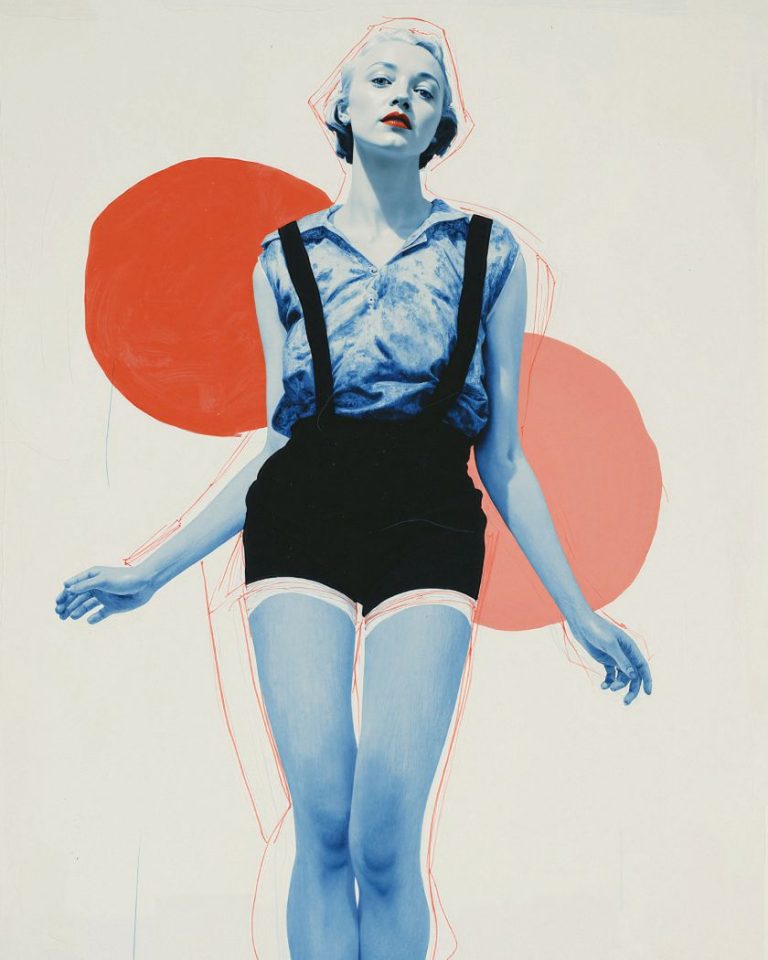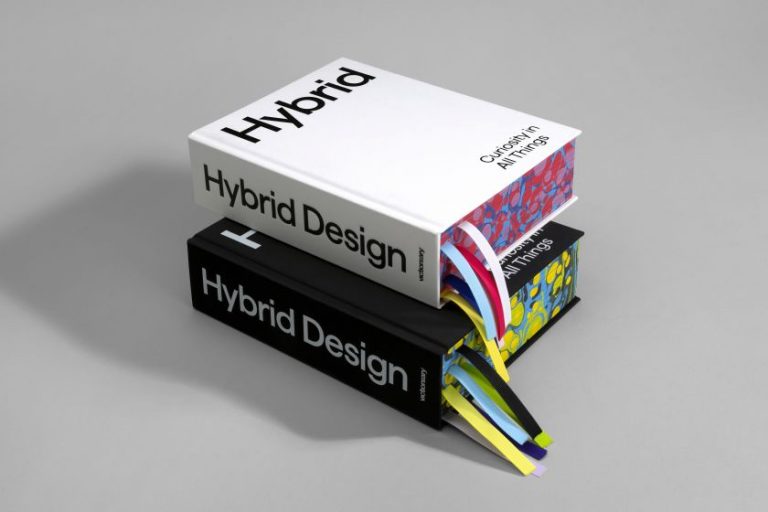50 Greatest Designers gets under the skin of the pioneers who shaped our world today.
The saying goes: to know where you’re going, you need to know where you’re coming from. So
if you work in design, how much do you really know about the giants whose shoulders we’re all standing on?
I don’t just mean the obvious names like Stefan Sagmeister or Paula Scher that get trotted out in every design blog post. I’m talking about the complete picture. The textile revolutionaries. The furniture and interiors visionaries. The industrial design pioneers. All the designers, in short, who fundamentally shaped the world we live in today.
Back in 2023, this question was eating away at me. As a design journalist who’s spent years covering the industry, I kept hitting the same frustrating wall: there wasn’t a single book that brought all these luminaries together in one place.
Sure, you could find excellent volumes on graphic design history, or furniture design, or automotive legends. But nothing that painted the full picture of how design—in all its glorious, interconnected forms—has evolved over the past century and a half.
When is when I realised I had to write it myself.
Why this book exists
The more I dug into my research, the more I understood why this book needed to exist. The design world has been tragically siloed for too long.
Yes, we all know our Paul Rands and Milton Glasers. But how many of us can tell you about Gunta Stölzl, who revolutionized textile design at the Bauhaus? Industrial designers worship at the altar of Dieter Rams, but do they know about Naoto Fukasawa’s philosophy of “design dissolving in behaviour”? And don’t get me started on how criminally underrepresented women have been in traditional design histories.
This last point became a driving force behind the entire project. As I researched, I kept uncovering incredible female designers whose contributions had been overlooked, minimised, or—in some heartbreaking cases—hidden behind male pseudonyms. Women like Margaret Calvert, whose road signage system guides millions of British drivers every single day. Or Marianne Straub, whose transportation textiles were so innovative they’re still influencing designers in the 21st century.
In fact, by the time I finished my research, it turned out exactly half of my 50 profiles were women. Not because I was trying to hit some quota, but because there were simply too many extraordinary female designers to leave out.
Journey of discovery
The process of writing this book became a journey of discovery that constantly surprised me. I thought I knew design history pretty well, but I kept encountering stories that blew my mind. Did you know that Ferdinand Porsche, the man behind the Volkswagen Beetle, started his career designing electric vehicles in the 1890s? Or that Susan Kare, who created those iconic early Apple interface elements, was trained as a fine artist and approached pixels like brushstrokes?
I wanted to capture not just what these designers created, but the chaotic, messy, fascinating human stories behind their innovations. These weren’t distant gods working in isolation—they were people dealing with war, economic upheaval, personal struggles, and technological limitations. Charlotte Perriand was fighting to make Modernist design accessible to working-class families. Kenji Ekuan was applying Zen Buddhist principles to everything from soy sauce bottles to motorcycles. Harry Beck, designer of the world-famous Tube map, was actually made redundant by London Transport.
What struck me most during my research was how design has always been political, always about more than just making things look pretty. William Morris wasn’t just designing wallpaper—he was leading a reaction against industrialisation’s dehumanizing effects. Ahn Sang Soo wasn’t just creating typefaces—he was liberating Korean typography from centuries of Chinese influence. Today’s sustainability pioneers like Hella Jongerius aren’t just making eco-friendly products—they’re fundamentally rethinking our relationship with consumption and waste.
A pivotal moment
This is why I believe every designer needs to read this book. We’re living through another pivotal moment in history. As our industry grapples with questions of representation, environmental responsibility, and tech’s role in human experience, we need to understand how previous generations of designers navigated their own challenges. The solutions they found—and the mistakes they made—can inform how we approach today’s problems.
I also wanted to break design history out of its Western-centric bubble. Too many design books still treat European and American designers as the whole story, with perhaps a token nod to Japanese minimalism. That’s not just intellectually dishonest; it’s strategically stupid. Some of the most innovative design thinking today is coming from places like Korea, the Philippines, and China. Designers like Naihan Li are showing us how traditional crafts can be reimagined for contemporary needs, while Kenneth Cobonpue is proving that sustainable design can be both beautiful and commercially viable.
The book spans from Victorian pioneer William Morris to contemporary Chinese designer Naihan Li—nearly 150 years of design evolution. But it’s not a dry chronological march through history. I’ve organised it to show how ideas evolved, how movements influenced each other across disciplines and continents, how technical breakthroughs merged with aesthetic vision to create the designed world we inhabit today.
Acessible and fun
I’m particularly proud of how we’ve presented these stories. This isn’t a stuffy academic tome—it’s a beautifully illustrated coffee table book that you can dip into anywhere and find something fascinating. My incredible team at Arcturus Publishing has created spreads that do justice to each designer’s work while making the text accessible and engaging. You can read it cover to cover or just pick it up when you need inspiration.
In short, whether you’re a student trying to understand where your discipline came from, a practising designer looking for inspiration, or just someone curious about how the objects around you came to look the way they do, these 50 stories will change how you see the designed world.
Because in an industry that’s constantly chasing the next trend, sometimes the most radical thing you can do is understand where you came from.










